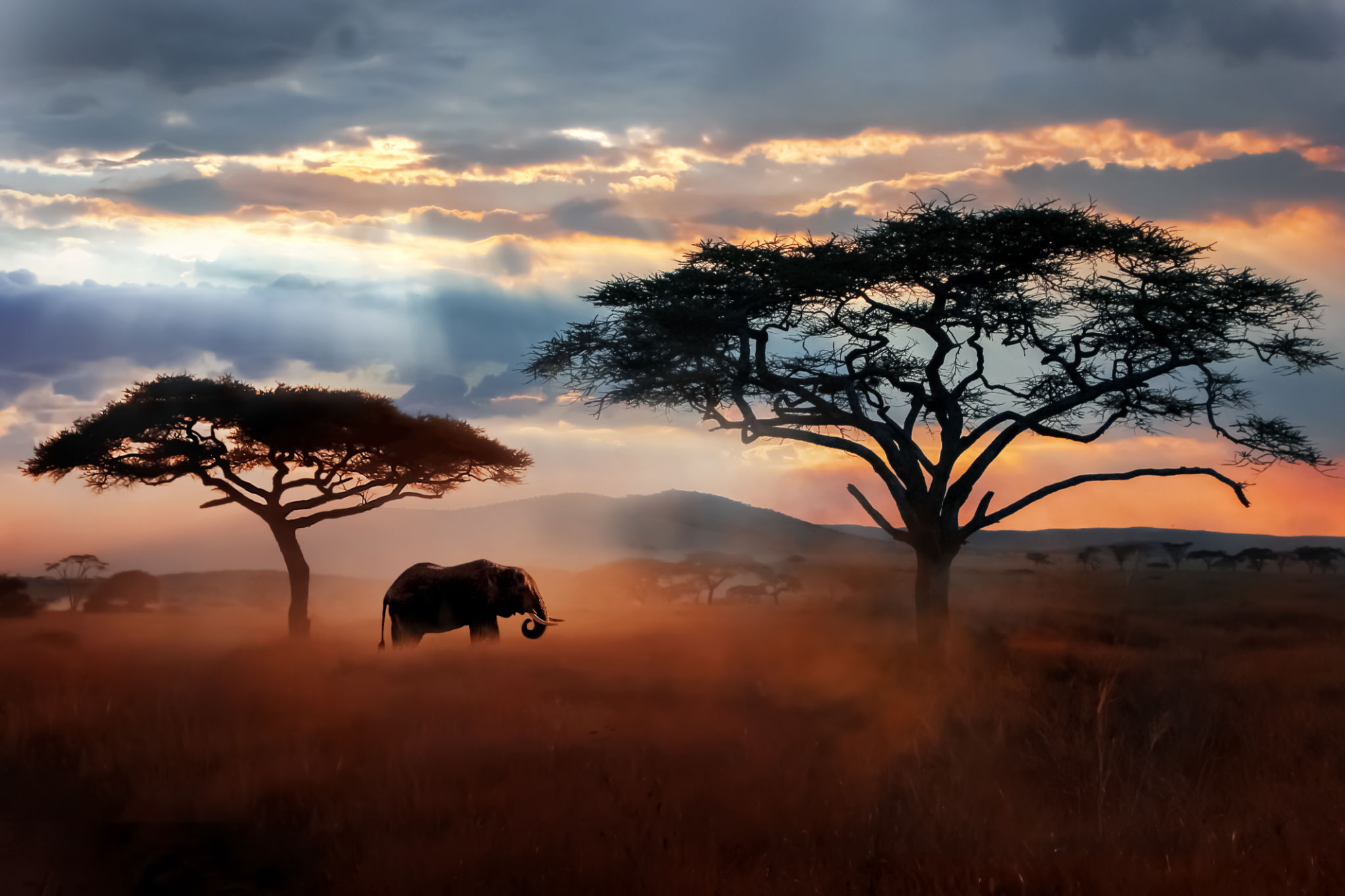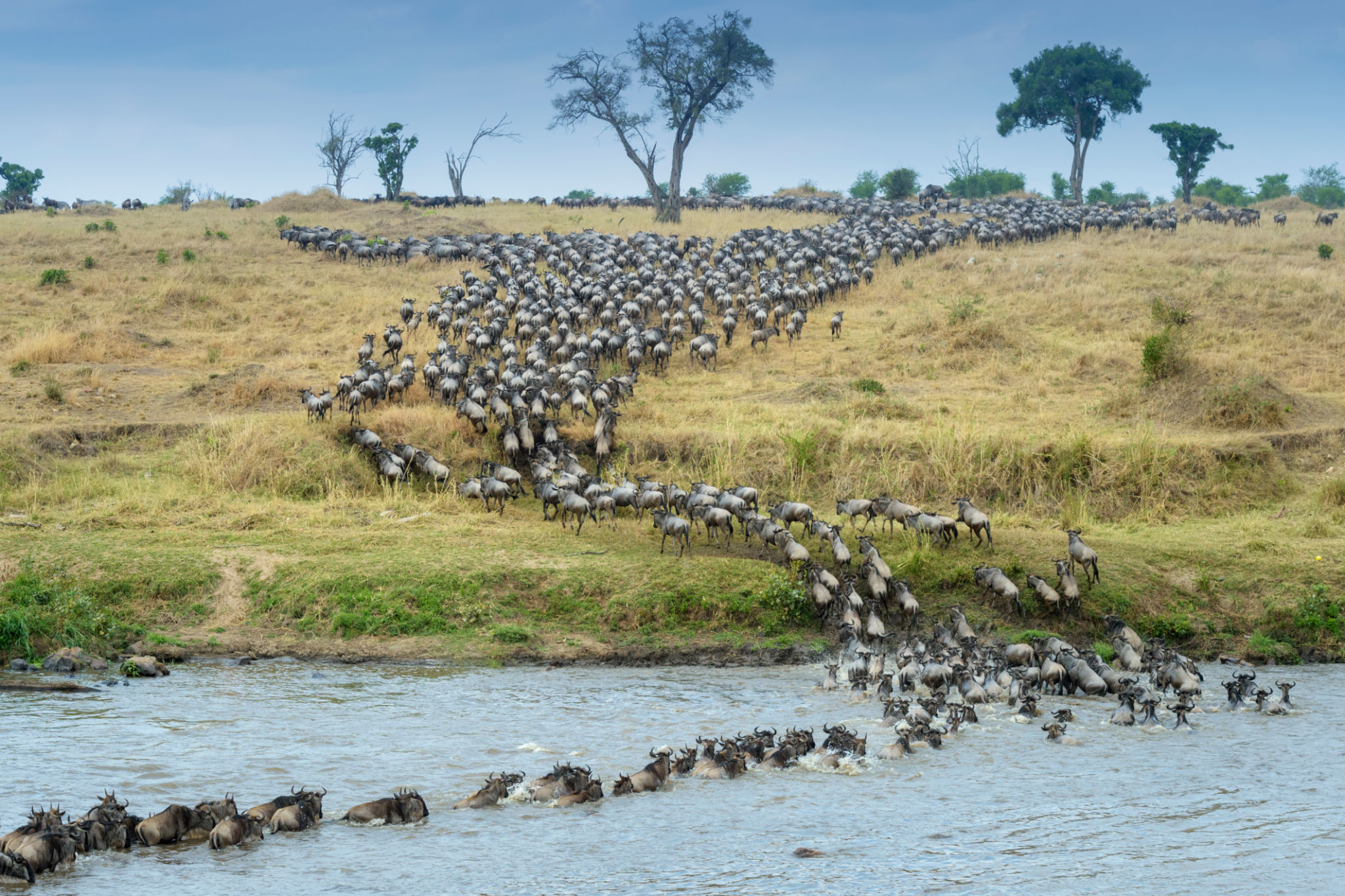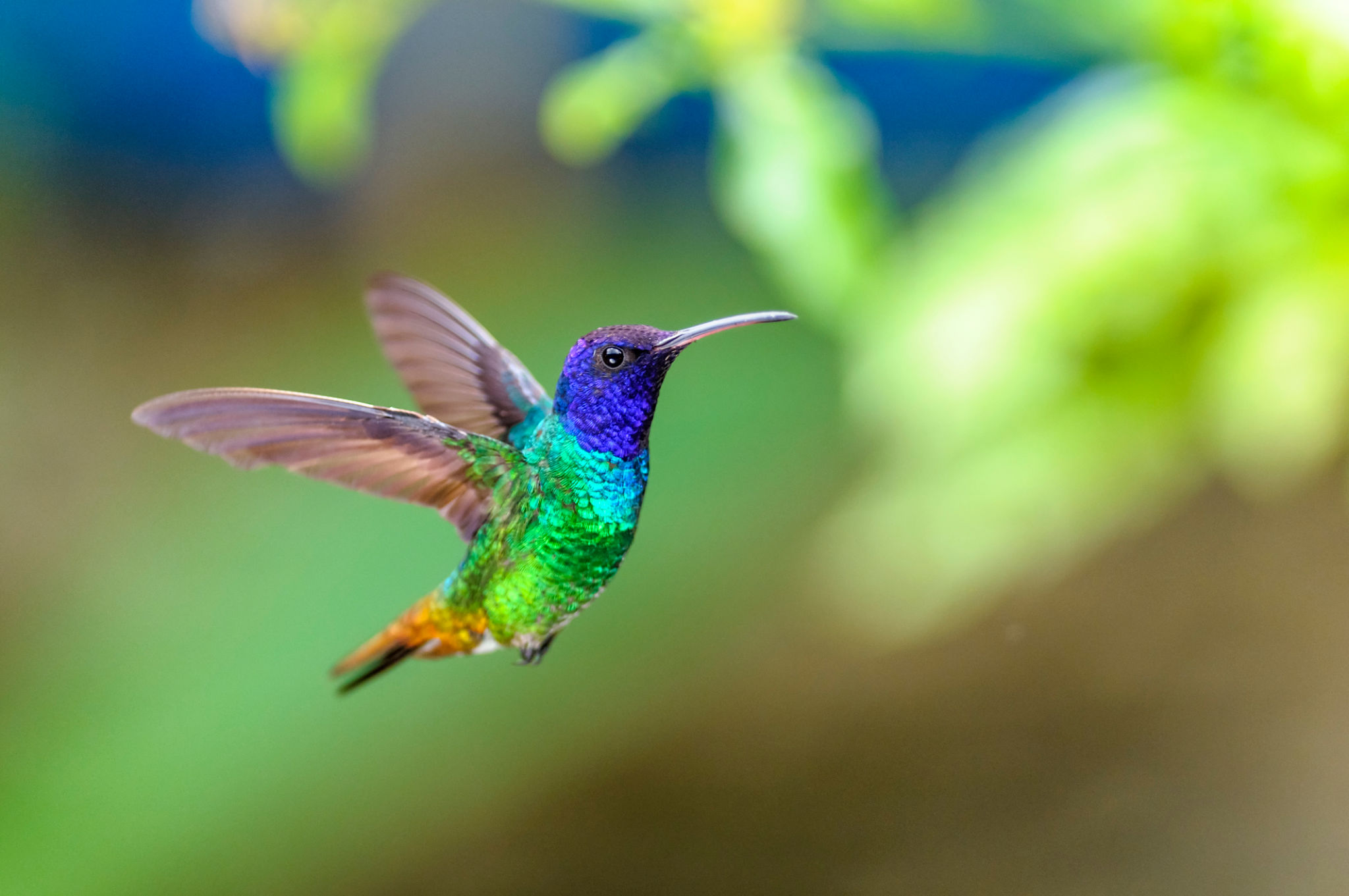Seasonal Safari Planning: Best Times to Visit Tanzania
Exploring Tanzania's Seasons
Tanzania, a country renowned for its breathtaking landscapes and diverse wildlife, offers a unique safari experience throughout the year. However, understanding the best times to visit can enhance your adventure, ensuring you witness the natural wonders in their full glory. The country's climate varies significantly with the seasons, making it essential to plan your trip accordingly.
The primary seasons in Tanzania are the dry season and the wet season. Each brings its own unique attractions and challenges. Whether you're interested in the Great Migration, bird watching, or simply soaking in the stunning vistas, knowing what to expect during each season will help you make the most of your journey.

The Dry Season: June to October
The dry season, from June to October, is considered the best time for a safari in Tanzania. During this period, the weather is generally pleasant with clear skies and little rainfall. This is also when the Great Migration takes place in the Serengeti, offering a spectacular view of millions of wildebeest and zebras migrating in search of lush grazing grounds.
Wildlife viewing is at its peak as animals gather around water sources, making them easier to spot. Additionally, the lack of rain means fewer mosquitoes, enhancing your comfort during the trip. Parks like Tarangire and Ruaha are excellent for game viewing during this time.

Exploring the Serengeti
The Serengeti is a must-visit during the dry season. As one of Africa's most famous national parks, it hosts the dramatic river crossings of the Great Migration. This natural phenomenon is a highlight for many safari-goers, offering thrilling sights of predator-prey interactions.
The Short Rainy Season: November to December
Following the dry season, Tanzania experiences a brief rainy period from November to December. Known as the short rains, this time sees sporadic showers that rejuvenate the landscape. The rains are usually short-lived and often occur in the late afternoon or evening, leaving plenty of time for exploration during the day.
This period is perfect for travelers looking to avoid crowds while still enjoying abundant wildlife sightings. The vibrant landscapes and blooming flowers also offer fantastic photographic opportunities. Accommodations are often more affordable during this time, providing excellent value for budget-conscious travelers.

The Long Rainy Season: March to May
The long rainy season from March to May is characterized by heavier rainfall. While this might not be ideal for some travelers, it is a unique time to visit Tanzania for those interested in bird watching. The lush greenery attracts numerous bird species, making it a paradise for ornithologists.
Although wildlife viewing is more challenging due to the dense vegetation and muddy roads, the parks are less crowded, offering a more intimate experience with nature. Some lodges may close during this period, so it’s essential to check availability before planning your visit.

Conclusion: Timing Your Safari
Ultimately, the best time to visit Tanzania depends on what you want to experience. If witnessing massive herds of wildebeest and zebras is your goal, plan your trip during the dry season. For those keen on bird watching or looking for a quieter experience, the rainy seasons offer unique benefits.
Regardless of when you choose to go, a Tanzanian safari promises unforgettable adventures and enchanting encounters with wildlife. By understanding the seasonal variations, you can tailor your trip to align with your interests and make memories that will last a lifetime.